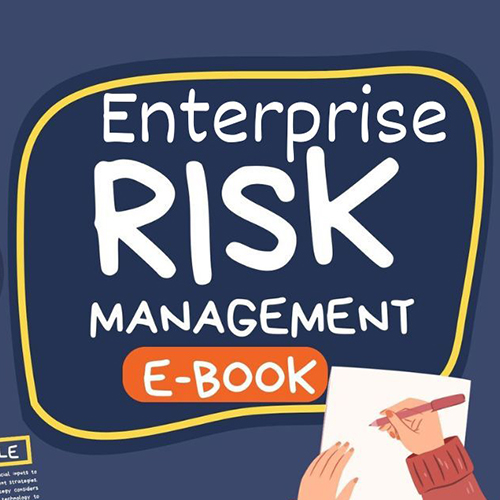Overview
Enterprise Risk Management (ERM) refers to strategies, systems, methods, and processes that focus on identifying, assessing, mitigating, and preempting actual and perceived risks. These risks can affect banking operations, market competence, finances, and short-term/long-term goals, and cause substantive damages.
ERM minimizes the impact of risk events and protects institutions from new and evolving threats due to operational disruptions, non-compliance and regulatory violations, financial destabilizations, and strategic policy lapses.
This e-book helps you understand the lifecycle approach which considers parameters such as risk severity, impact, priority, types of risks, responsibilities, etc. It also enables you to understand the risk management strategies and define specific responses, mechanisms, and other vitals of the plan basis the input parameters. The fact that “risks are not static but continuously evolving” is the critical tenet for the success of every ERM implementation.
Takeaways
To gain valuable insights into the significance of Enterprise Risk Management (ERM) in the banking industry, we encourage you to download and read the e-Book. In this e-Book, you will discover the key challenges faced by banks and explore how the strategic implementation of ERM can assist in mitigating these risks. Additionally, you will learn about:
- Risk management frameworks for managing cybersecurity risks
- Erm implementation – key challenges and how to overcome them
- Risk management lifecycle in the banking industry
- Components of an enterprise risk management framework


